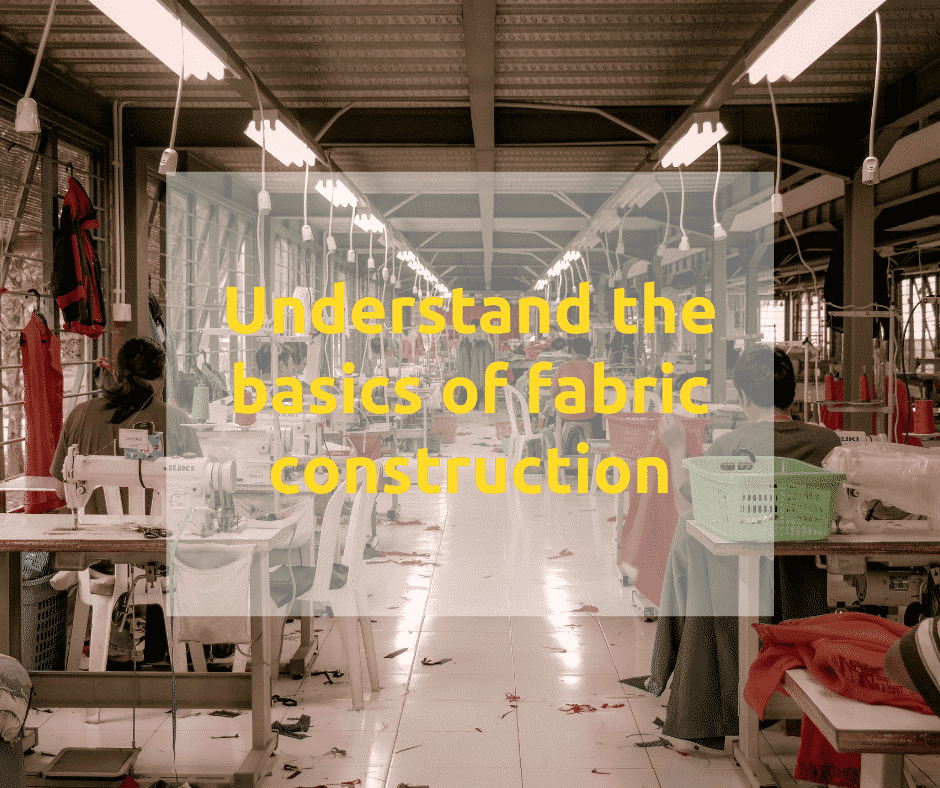
Understand the basics of fabric construction.
The fabric is one of the most significant aspects of the design; if you don’t understand the fundamentals of textiles, including vocabulary and structure, you won’t know what to seek for or ask for. Swimwear, raincoats, suits, sweaters, and/or formal clothing are made from a variety of textiles. To determine which textiles are suitable for a certain outfit, you must first understand the fabrics and their manufacturing processes.
How is the fabric made?
Colorful textiles in a market
The fabric is composed of some fiber content and some type of structure. The building approach will be one of four types:
Fabric – Fabrics are created by weaving fiber threads at correct angles.
Weaving: Armor is made up of rings that are coiled on top of one other. Knitted fabrics are slightly stretchy, whereas textiles are firmer and more durable.
Fleeces include textiles like felt, vinyl, and interlinings. They may be woven or fused fibers.
Skins: The skins originate from a variety of animals.
The fibers might be natural or synthetic. To be considered a natural fiber, it must come from a plant or animal. Synthetic fibers are oil-based or made by manipulating natural fiber.
Fabrics and knitwear
Knitted Fabrics The phrases warp and weft are commonly used when discussing the production of knitted materials. The threads or yarns’ directions are indicated by the warp and weft. The chain travels up and down, and the shot moves from left to right. A simple method for remembering which “left” to replace with hatching.
You can identify the difference between a cloth and a knitted fabric just by looking. Knitted textiles include tiny thread Vs and fray-free edges. The fabric’s edges are torn, and the woven structure is visible via the threads that weave up, down, and lengthwise.
Both knits and wovens can be loosely or tightly made. There are single and double knits and tricot and raschel knits that are made into fabrics used for common garments. Single knits are often used in jersey tops; tricot knits are used a lot in athletic wear. A double weave in woven fabrics is thicker and is typically used for outerwear garments, such as coats.
Mixed substances
Discussions
Fabrics can also be combined with other fibers to create a variety of fabrics made up of natural and synthetic fibers. Fabrics are typically blended to enhance the cloth or provide a cheaper alternative to the original.
To combine textiles, pick a primary strand and wrap another around it. You may choose how much of this mixture you want. For example, a cotton/polyester combination might be 50/50 or 60/40. If you desire stretch fabric, I recommend wrapping the elastic around the main fiber. You can even combine more than two types of fiber.
Fabrics may also be light, medium, or heavy. When shopping and selecting textiles, bear in mind that the thicker the cloth, the more expensive it will be.
Rolled fabrics
Before you begin browsing for textiles, develop a list of what you desire. Fabric stores are fantastic places to get ideas for mood boards and fashionable designs, but not when you’re ready to buy. Otherwise, you may purchase textiles that do not complement your collection or color scheme, or that are either too much (which is expensive) or too little (which is inconvenient).
Prepare a shopping list and push yourself to utilize cloth in many ways. This can assist you lower the expense of purchasing various materials for a collection while also encouraging you to become a more creative designer.
Read more at studio.graphtick.com.

0 comments